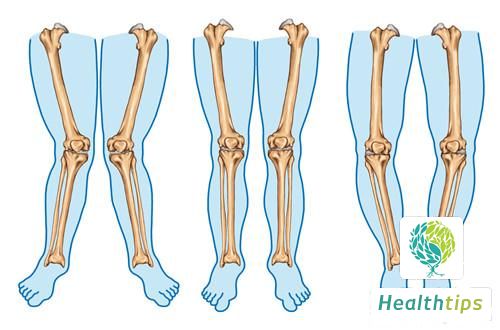If one leg is longer than the other, it is necessary to select the most appropriate corrective treatment method based on specific conditions, as everyone's leg length difference varies and the causes are different, requiring different corrective treatment methods. For example, some cases involve pelvic tilt caused by lumbar scoliosis, resulting in one leg being longer than the other, while others are caused by congenital hip dislocation or hip dysplasia.

1. If a patient suffers from lumbar scoliosis or pelvic tilt, which leads to one leg being longer than the other, causing asymmetry in the lower limbs, the first step is to treat the lumbar and pelvic diseases. Later, through muscle exercises, the physiological curvature of the lumbar spine and the pelvic tilt can be restored to correct the asymmetry of the lower limbs.
2. Another situation is congenital hip dislocation or hip dysplasia, which causes unequal leg lengths. This phenomenon requires surgical correction, such as hip replacement surgery or reshaping the hip socket to help restore the symmetry of both hips.
3. When noticing one leg being longer than the other in daily life, it is essential to identify the cause first in order to address and treat it accordingly. Avoid blindly following unsubstantiated remedies to prevent delaying treatment or causing other adverse issues.

